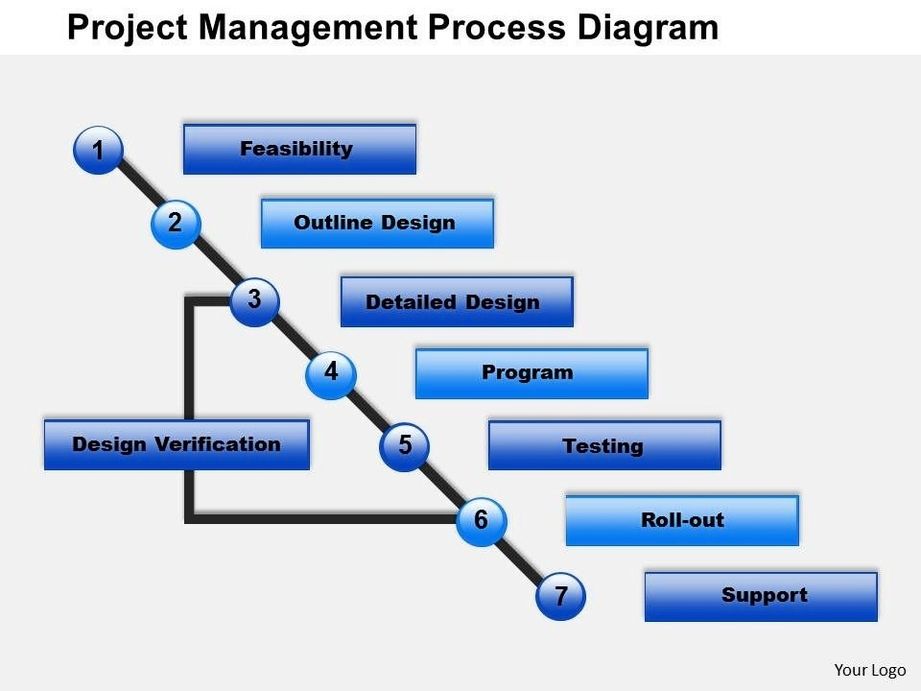
The project management process is a framework of best practices used to guide a project from its beginning to its end. It generally includes four phases: initiating, planning, executing, and closing. Some may also include a fifth “monitoring and controlling” phase between the executing and closing stages .
The initiating phase is where the project is defined. The project goals, scope, and resources are sorted out, and the roles needed on the team are determined. This phase is crucial to the project’s success. Without clarity around what needs to be achieved and why, the project runs the risk of not accomplishing the end goals and meeting the expectations of stakeholders. Some steps in the initiation phase include:
– Communicating with stakeholders to understand the purpose and desired outcomes of the project
– Identifying project scope
– Determining SMART goals (specific, measurable, achievable, relevant, and time-bound)
– Clarifying resources like budget and time constraints
– Confirming team size and roles required
– Determining how often and which stakeholders will be involved throughout the project
– Compiling a project proposal and project charter
The planning phase is where the steps to actually achieve the project goals are determined. Budgets, timelines, and milestones are established, and materials and necessary documents are sourced. This step also involves calculating and predicting risk, putting change processes into place, and outlining communication protocols.
The executing phase is where the project plan is put into action. Tasks are assigned, and the team works to complete them. This phase is where the bulk of the project work is done.
The closing phase is where the project is completed. The project deliverables are reviewed, and the project is evaluated to determine if it was successful. Lessons learned are documented, and the project is closed out.
ome project management methodologies may have additional phases or different names for the phases, but the general framework remains the same .
